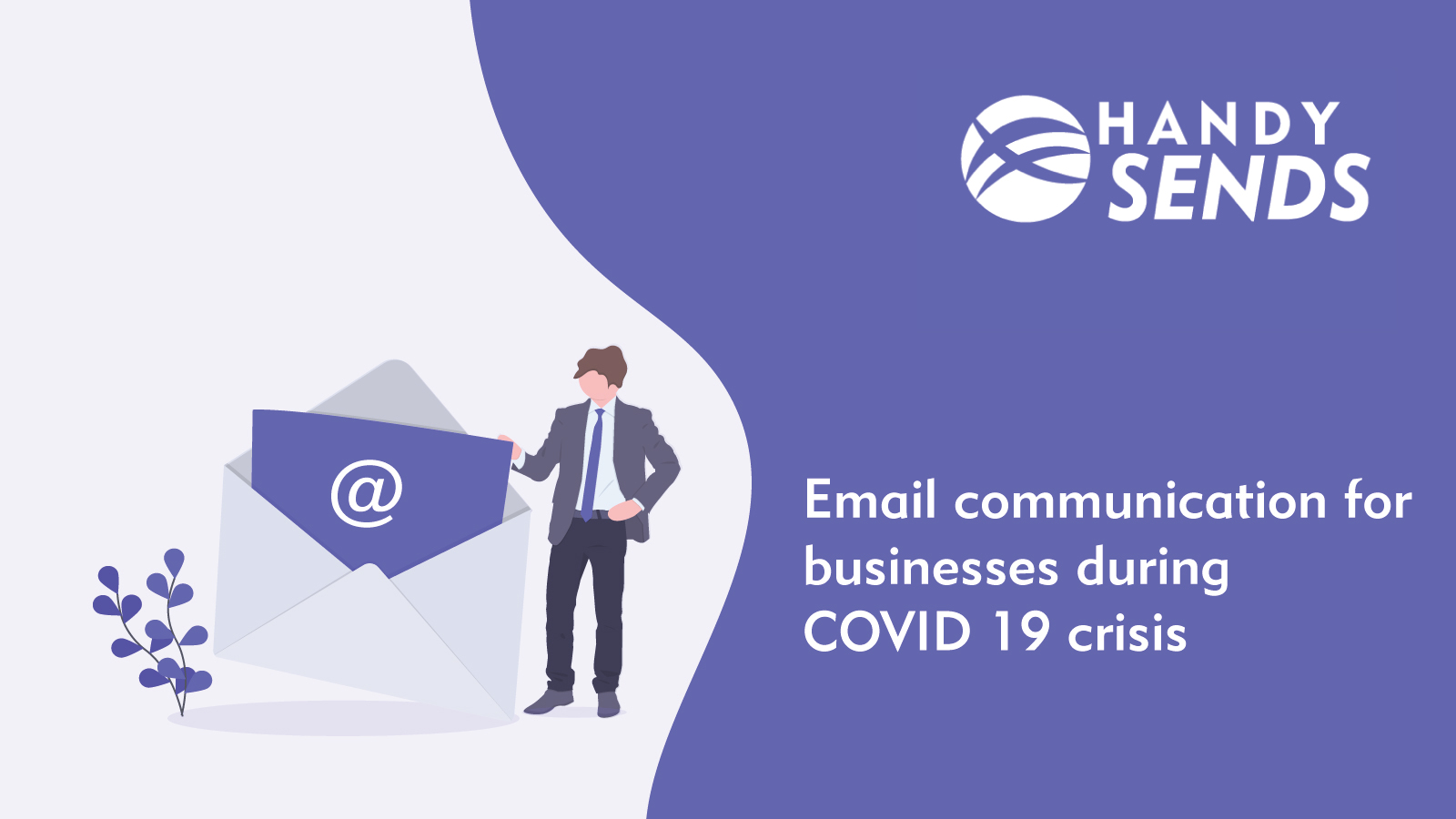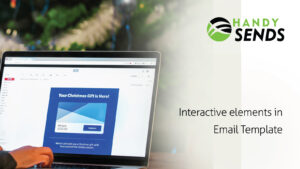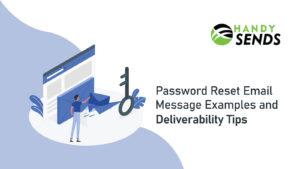It is indeed hard to tell how hundreds of billion-plus populace across the globe are being hit with emails in their mailboxes every day. Each educating us about COVID-19. A serious concern though, the pandemic has impacted and become notoriously irksome amongst people since it has emerged from nowhere and grabbed the headlines claiming to be the most instantaneous and fatal bug in the history of this humankind.
Being responsible business owners and market leaders, you and your management teams might be carefully considering sending your business emails. How to conduct email mapping and analyzing if sending an email at this crisis juncture is the right thing to do. It is believed that 47% of the business organizations these days are sending emails to update and inform their subscribers of their concern, approx. 32% are those who will be sending official correspondence duly signed by the CEO of their company–just to stay connected and the rest are at a dormant state since they are not sure if this is the right time to correspond and if yes? How?
Even if this is the case, funnel down and you will be able to see that since the world is revolving around the fatal virus, your emails might not be considered with importance, and also there are chances an important piece of your brand information will get ignored in currently overloaded mailboxes. In worst scenarios, your emails might even be blacklisted since deemed inappropriate exploiting.
How do we know when to send an email about COVID-19?
Simply because you are receiving email notifications in your mailbox from multiple sources all alarming, updating stats promotional advertisements does not in any way mean that it’s time you too must send an email.
Remember to send an email only if you have a legitimate business demand
Today, every country is running out of patience, however, let us simply not assume that we need to send email correspondence to all our subscribers and clients even if our products and services are not impacted by COVID-19, the major drawback is that in a situation like this, they will not appreciate an email notification with repeated messages, statistics, and alarms.
First thing first, we identified three of the most critical situations when you must need to send an email related to COVID-19 is:
- Your organization wants to extend help during this unprecedented time (virtual assistance, critical announcements such as waiving off cancellations, provide food and health supplies)
- You have information that needs to reach them and services that have got impacted–which must be intimidated by your customers.
- Informing your most important contacts how they can reach out to you remotely.
Though these points mentioned above are just a few filtered and brainstormed points that have been keenly questioned and tested by top leaders and business owners. You need to keep in mind if you qualify to send an email and you need to act on it, do plan well to set the content for an email during this testing time. This planning will help you decide your action for your business and also enable you to re-verify every aspect of your reasons and qualify them to be valid.
Now that you are sure, you qualify to send an email-what are the key points you need to keep in mind while drafting the content.
- Sender’s name
Try and keep your sender’s detail honest and straight. This isn’t the time to play around with personal names, do not even use designations. Let the receiver know who has sent the mail. Be consistent as this will help them connect with you better and your thoughts.
- Subject Line: Simple and succinct
We suggest you provide concise and clear subject lines, so the recipient, while browsing her mailbox understands what is the content about and there is more likely that they will click open the mail.
- Content Tone: Upfront
Try and adhere to simple methods of expression, as mentioned above is not a time to sound rude or cheeky, maintain a formal tone, and emphasize the facts in a calm and less anxious tone.
- Decode: Action Plan
Your subscribers are keen to know what you as a brand is intending to act to reduce the impact. While you decode and mention the plan of actions in the listed form–this will give them exactly what they want to read.
The world around
Probably people who think like me will agree to the fact that the world now seems unreal and is changing from the way it used to be just 30 days back.
Every organization and its employees are trying to adapt to the “in-demand” way of working from home–all because of the downfall of the world economic crisis, direct impact on the business, or simply the fallout of customers- the list goes on and on. It is, however, evident that we need to be prepared for the pace to pick on as soon as the world has fought the battle.
Amidst all the banters and more, some of the organizations across the globe are doing a fantastic job of communicating with their stakeholders, clients, subscribers, and trust me, they are doing it well. We have witnessed top leaders communicating factual, heartfelt, and action-oriented messages and they have had a great impact. All these clearly show communicating at this crisis hour is important.
What are leading companies doing to communicate during a crisis?
COVID-19 undoubtedly is like the drought in a flood-prone city. It is ironically the first and last of its kind that has impacted businesses across all market segments. It becomes very important for organizations and business houses to communicate with their stakeholders and this communication needs to be well channelized. What are the factors we need to keep in mind to plan crisis communication for your business?
Here are three important tips for Email communication for businesses during COVID-19 crisis
- Designate a responsible person within your organization to create personalized emails.
The moment this is actioned, mails hit the mailboxes of the key stakeholders, keeping them posted of the various steps you are taking to lessen the impact of the crisis. The content explains well the various ways you are planning to continue and how well you are managing your resources and clients. HandySends special feature helps personalize the name, brand, and various other fields to reach the right inbox.
- Ensure you monitor and supervise email and in-app communications–avoid being spammed.
If you are trying to reach your clients across email and in-app, try to be considerate as to what is the frequency to outreach set by your marketing or Sales team. It is critical since if it is overdone–there is a possibility that these will fall under SPAM and Junk mails.
- Build an engaging way to outreach your product
Now that you have set the frequency of reaching out in a line, ensure the message in-app reaches subscribers and clients timely and all end-users who most likely connects and engages in-app than on emails are happy, well engaged with the content.
- Avoid taking editorial stances
Our business is important, and it does not mean we take editorial stances on the ongoing crisis and leave it for dedicated agencies to handle. Never try to use your COVID-19 for business advantages and opportunities. In case your opinion clashes with your clients, you will be risking your brand repute.
At a critical circumstance, we all are surrounded by, the call of the hour is to go forward with clean and focused correspondence. We hope the above points will inspire more ideas to deal with the situation well. We must all try to share our ideas with others and pave a path to deal with the situation. Rest assured this will help you emerge well planned, stronger, and better.




